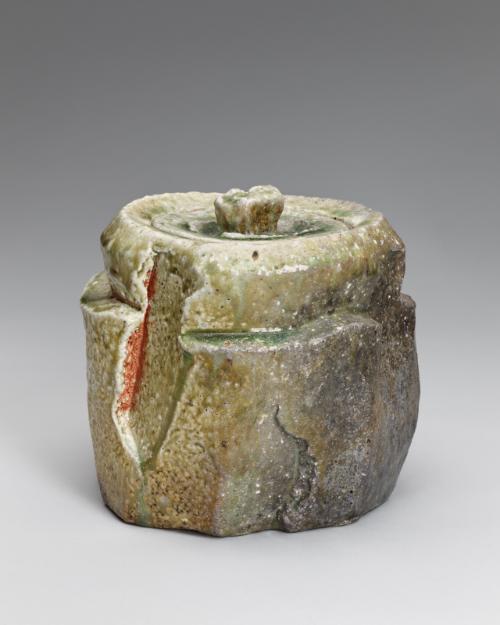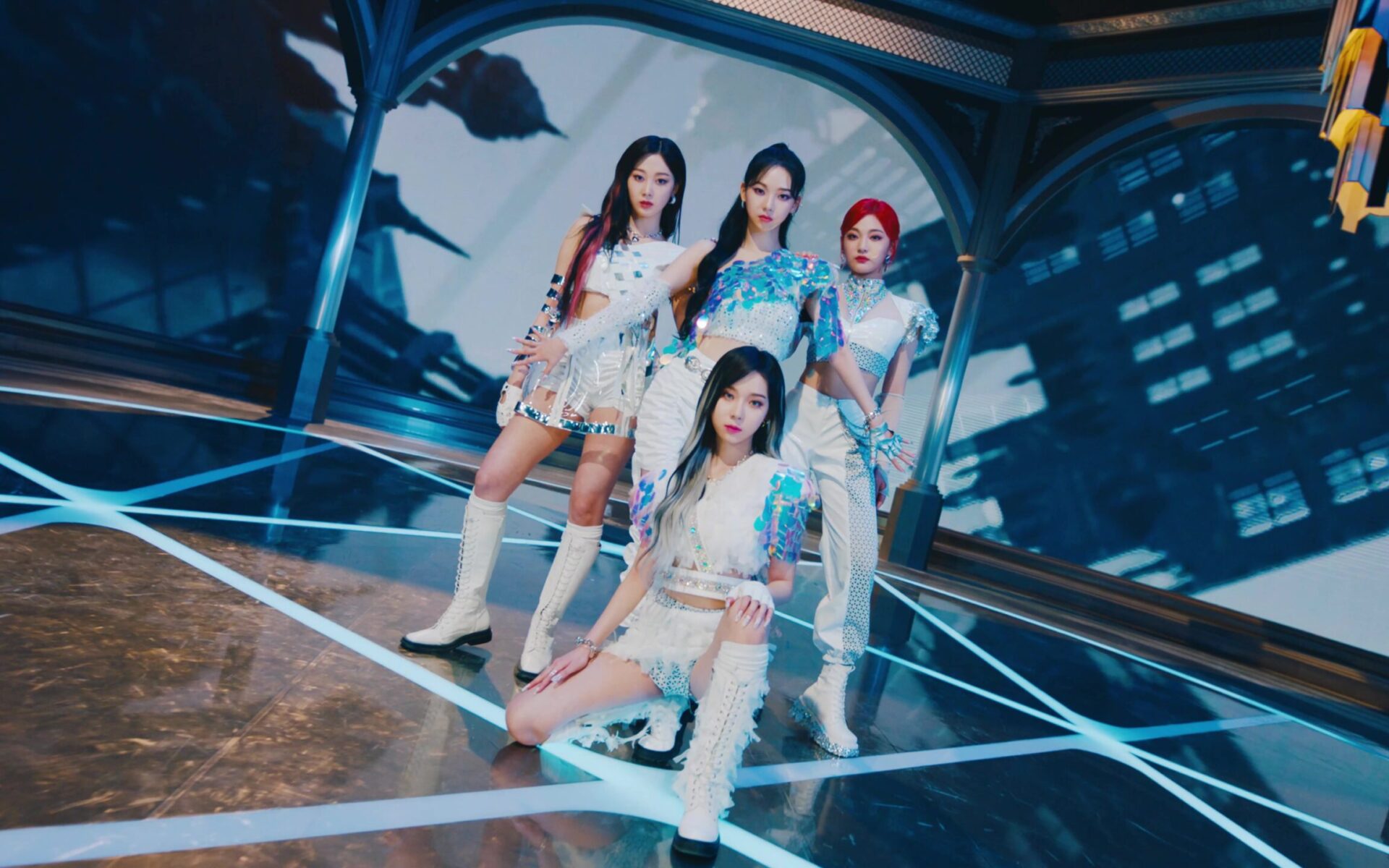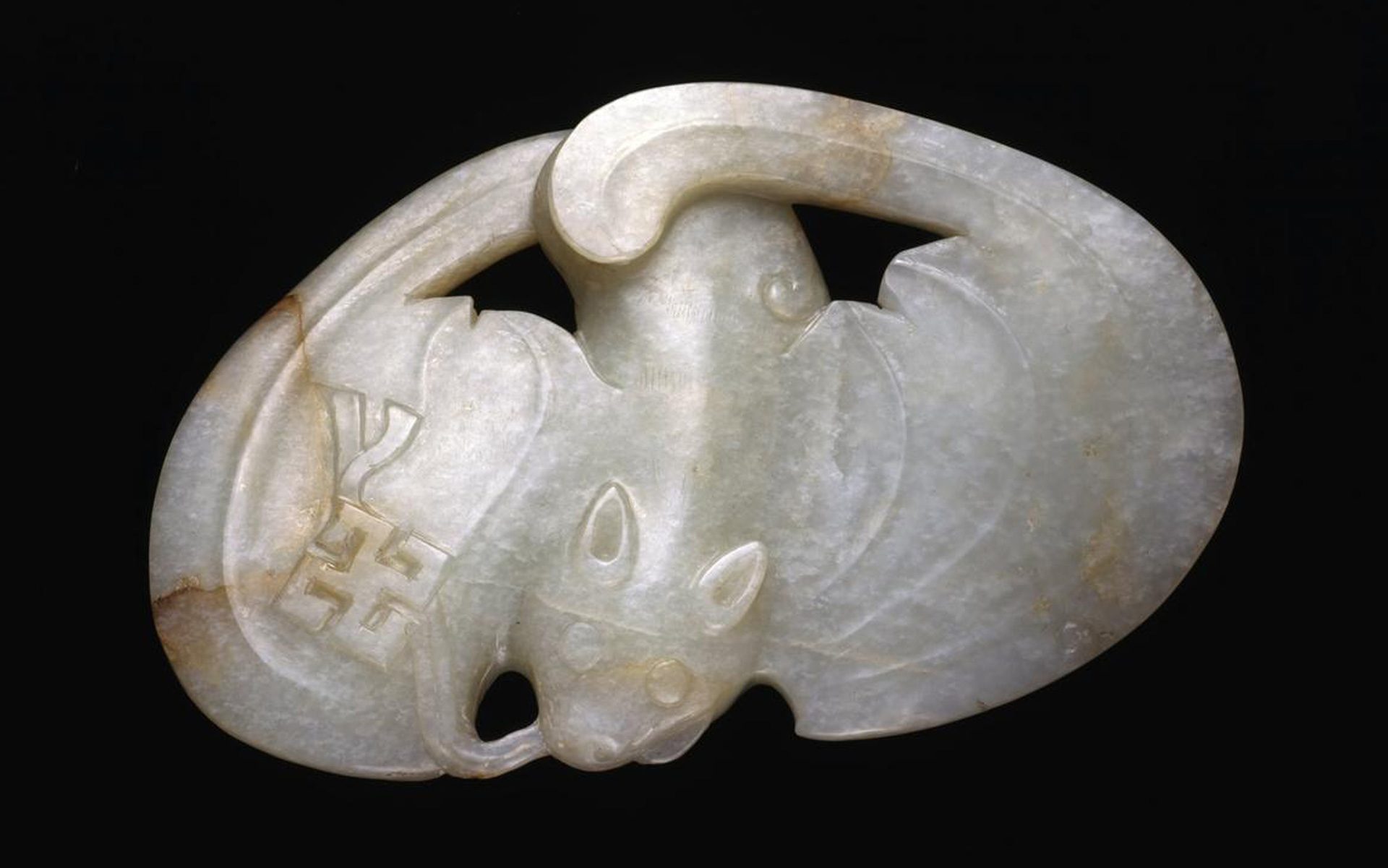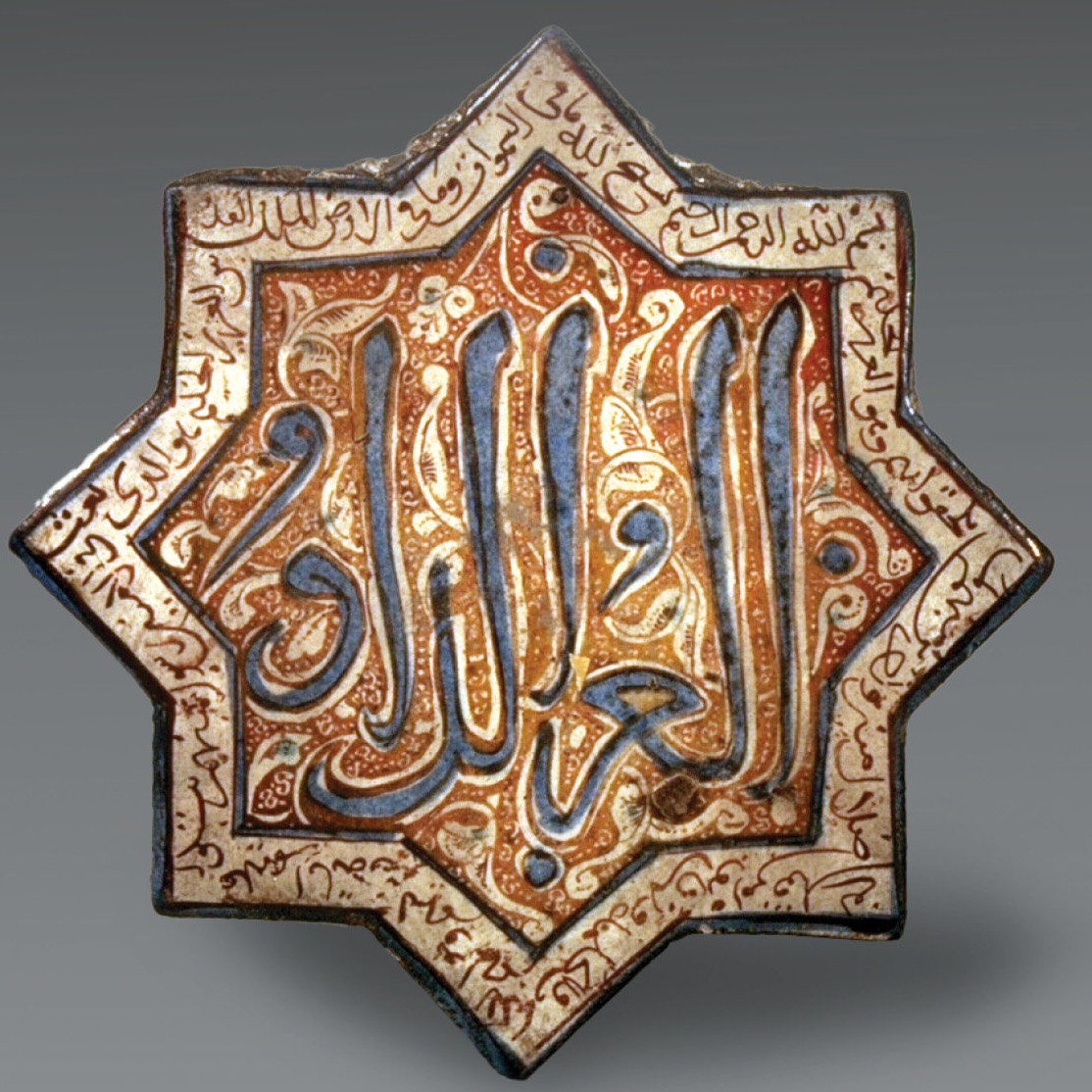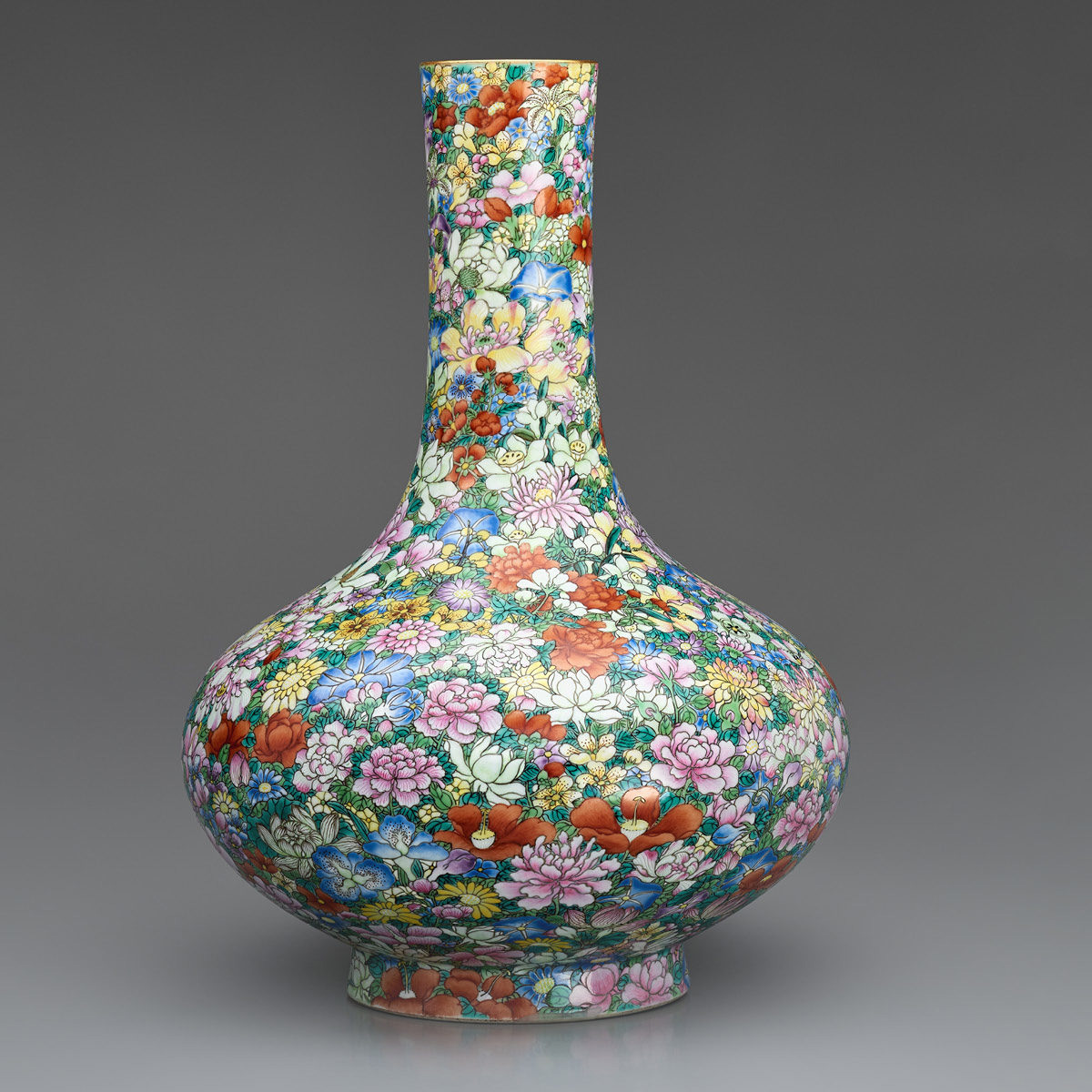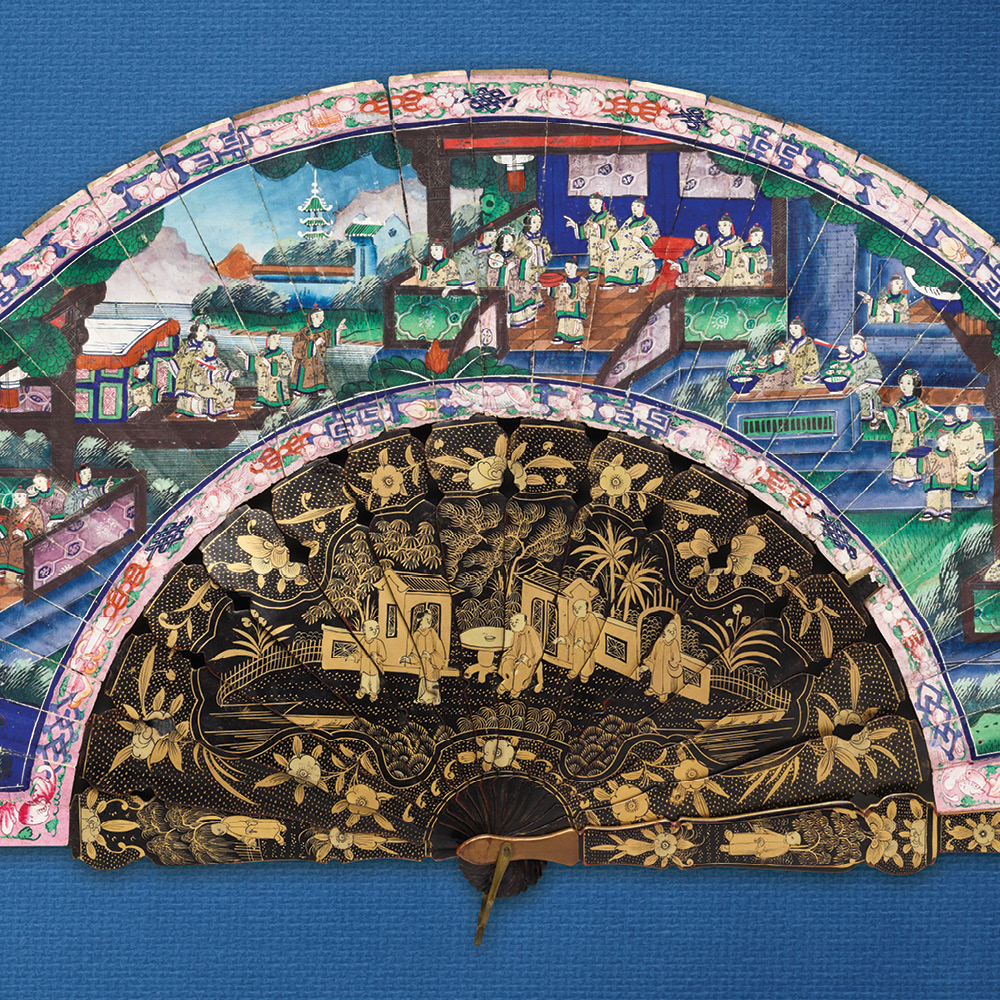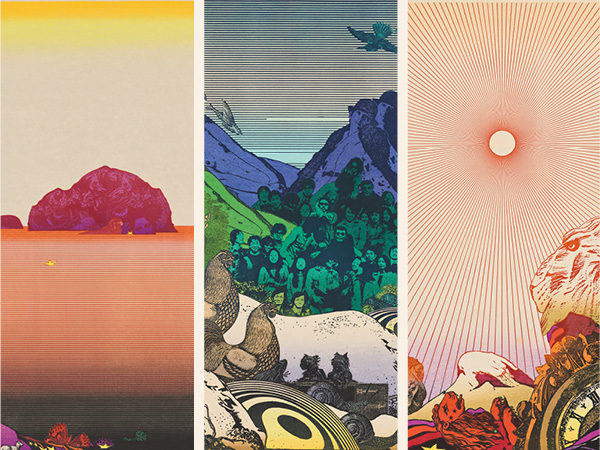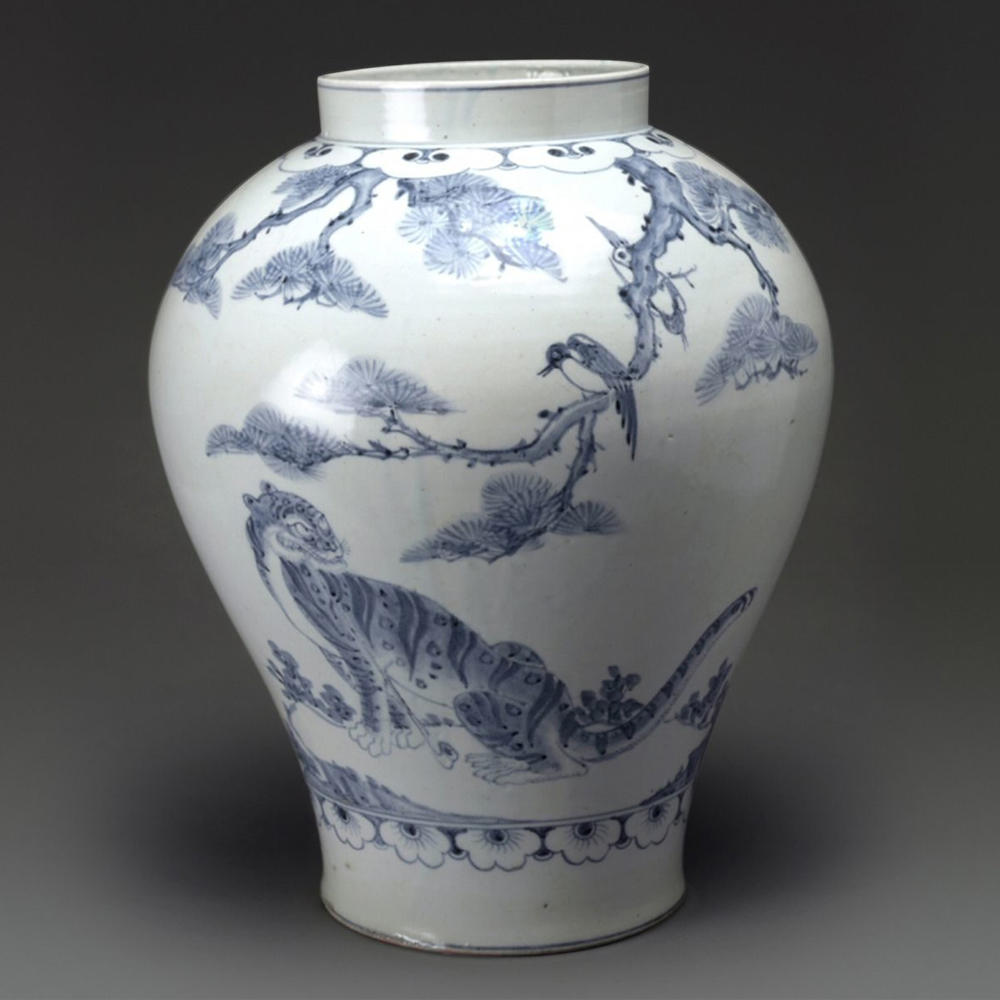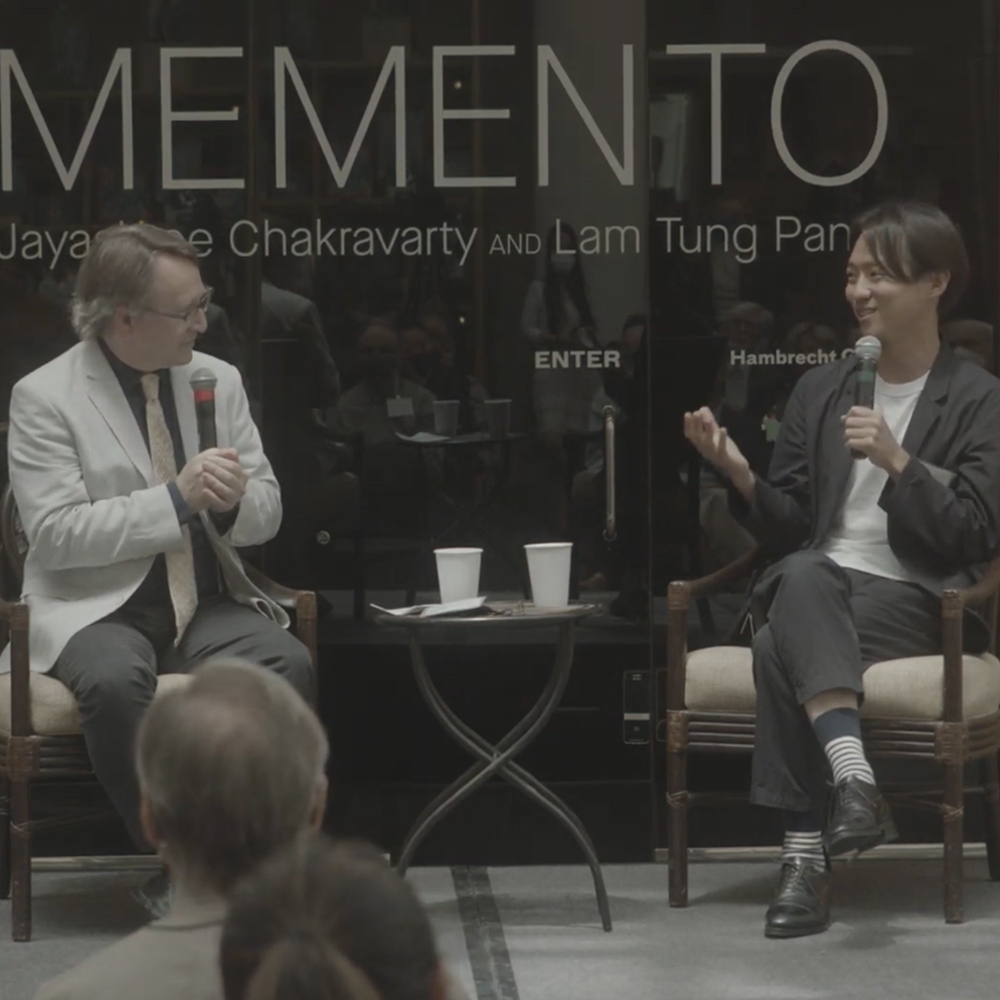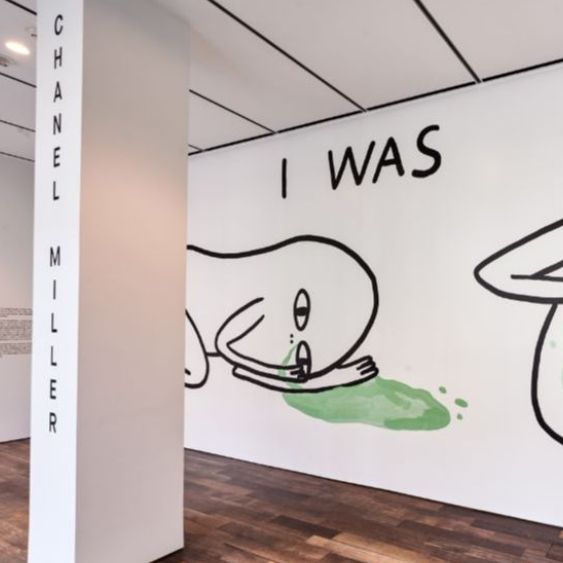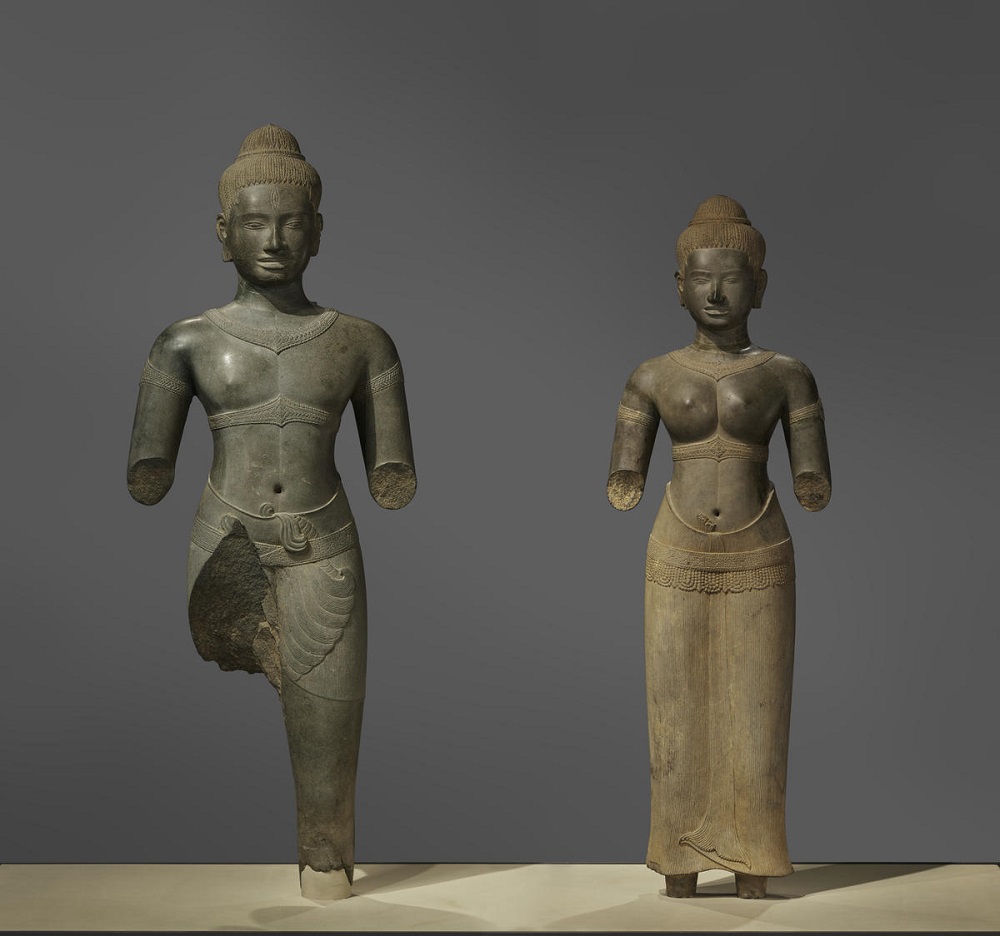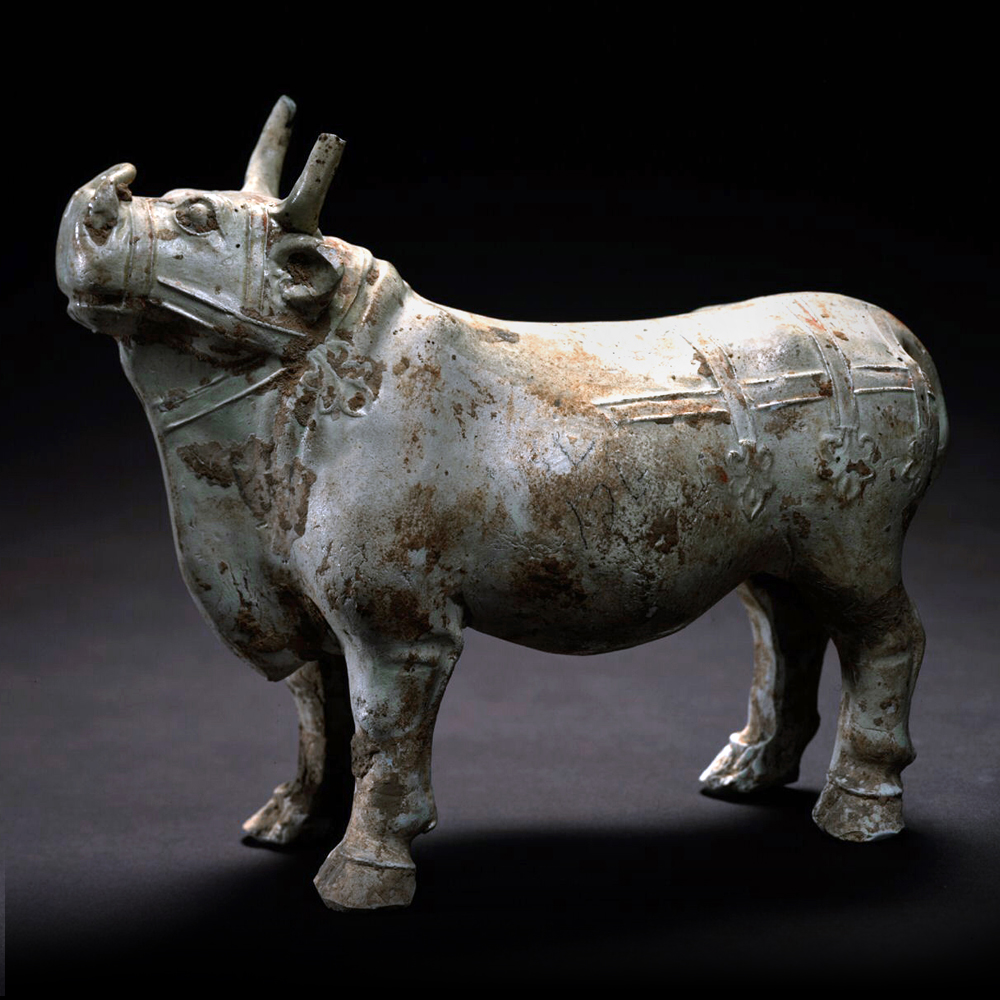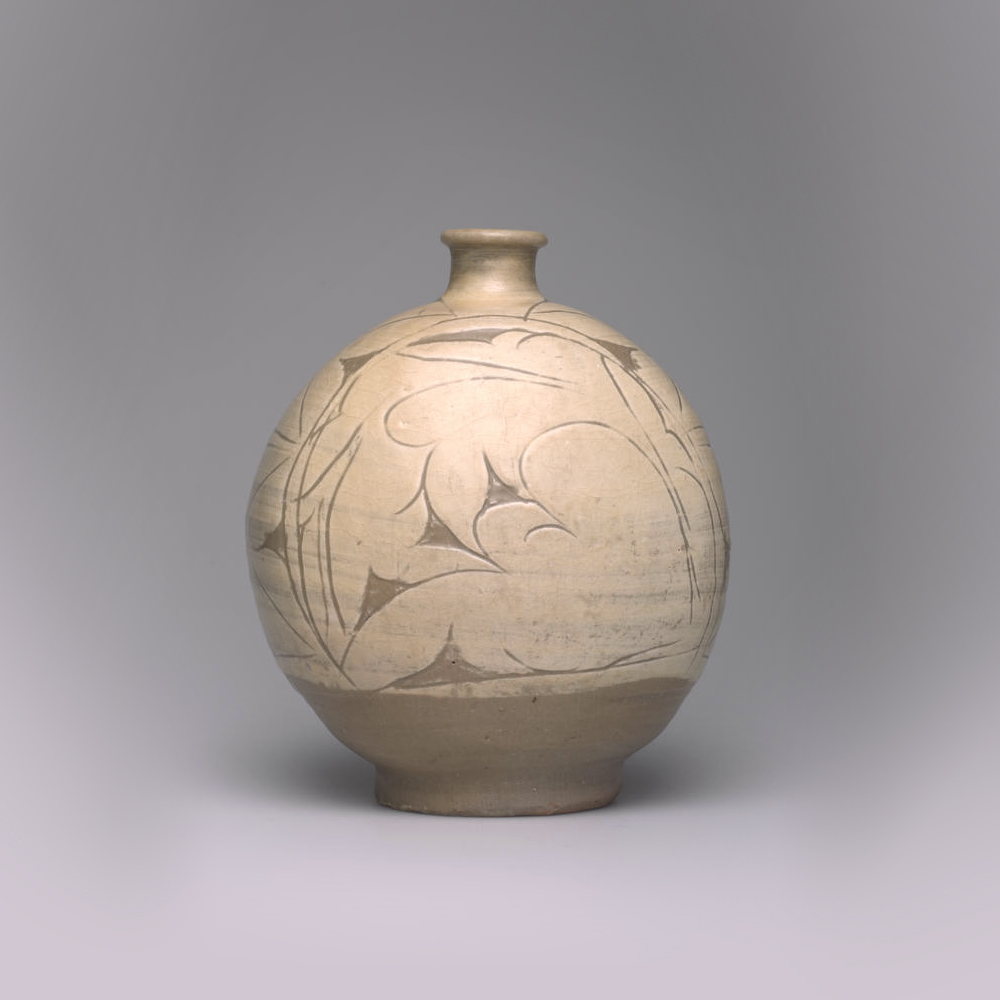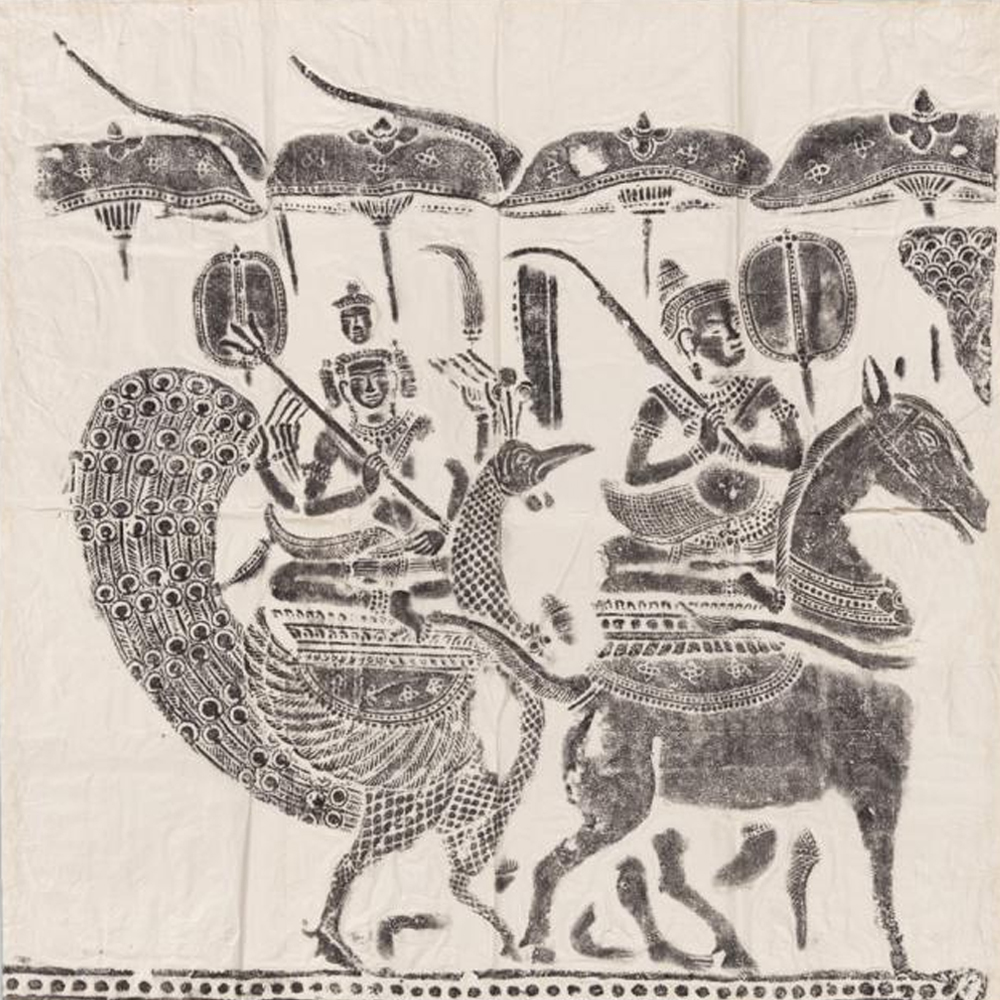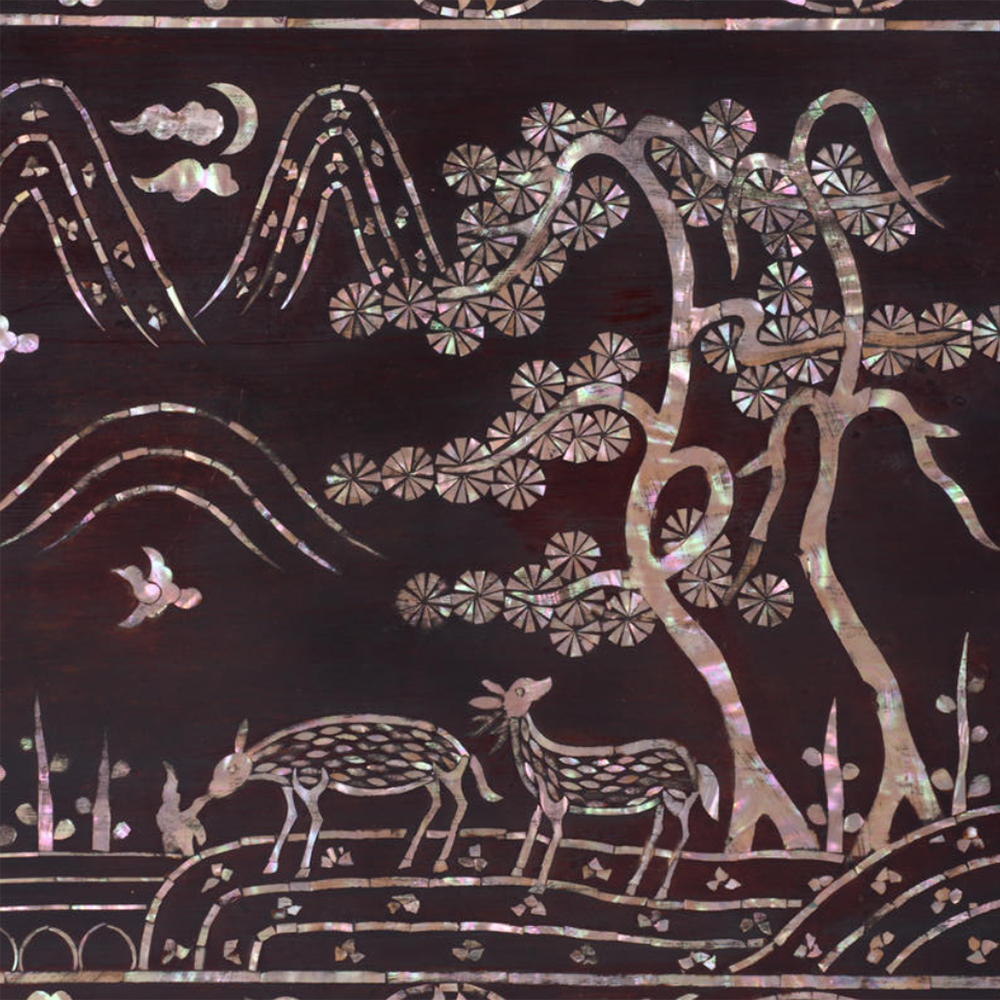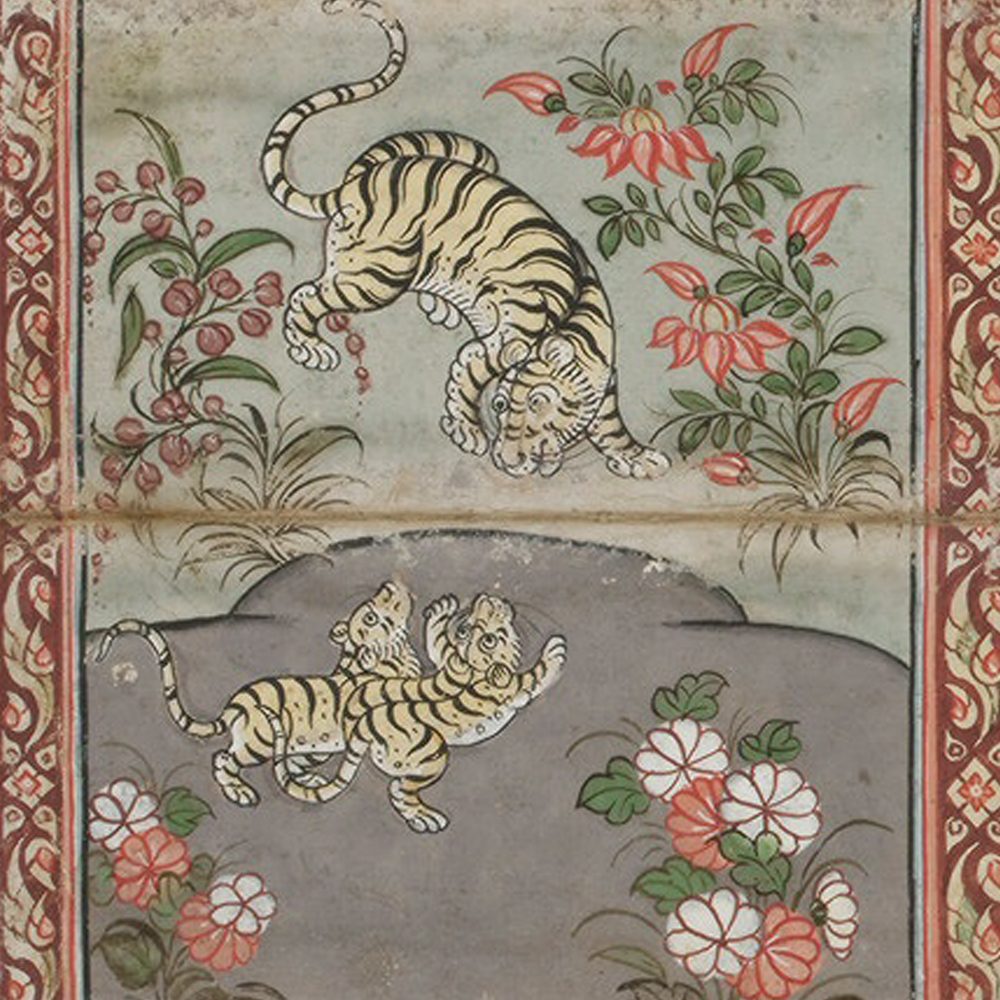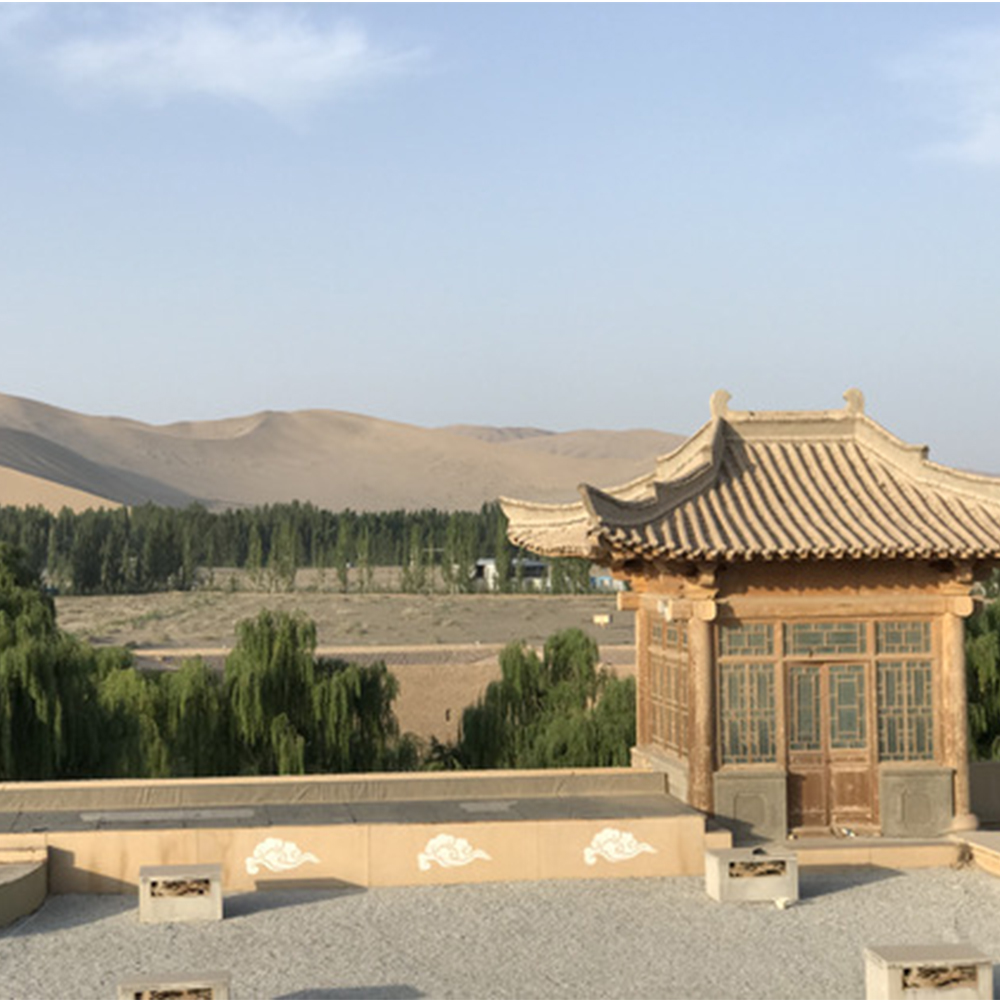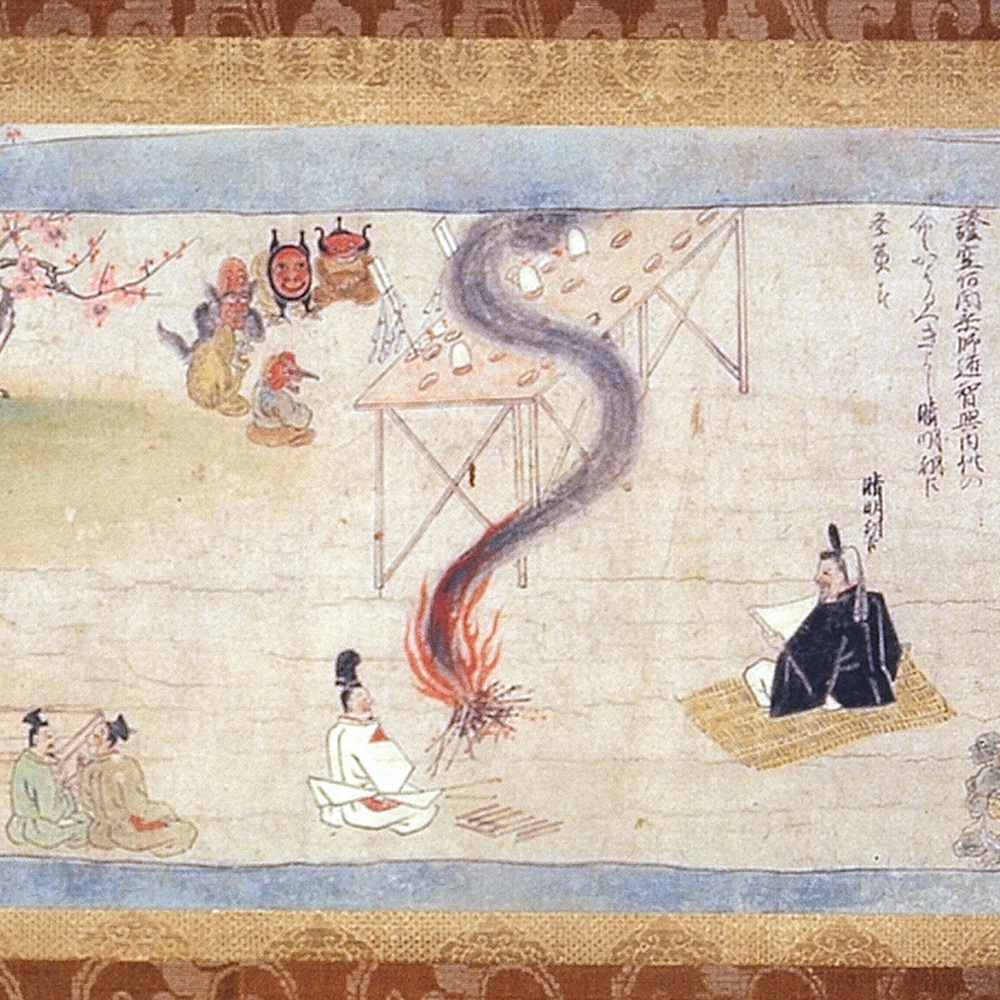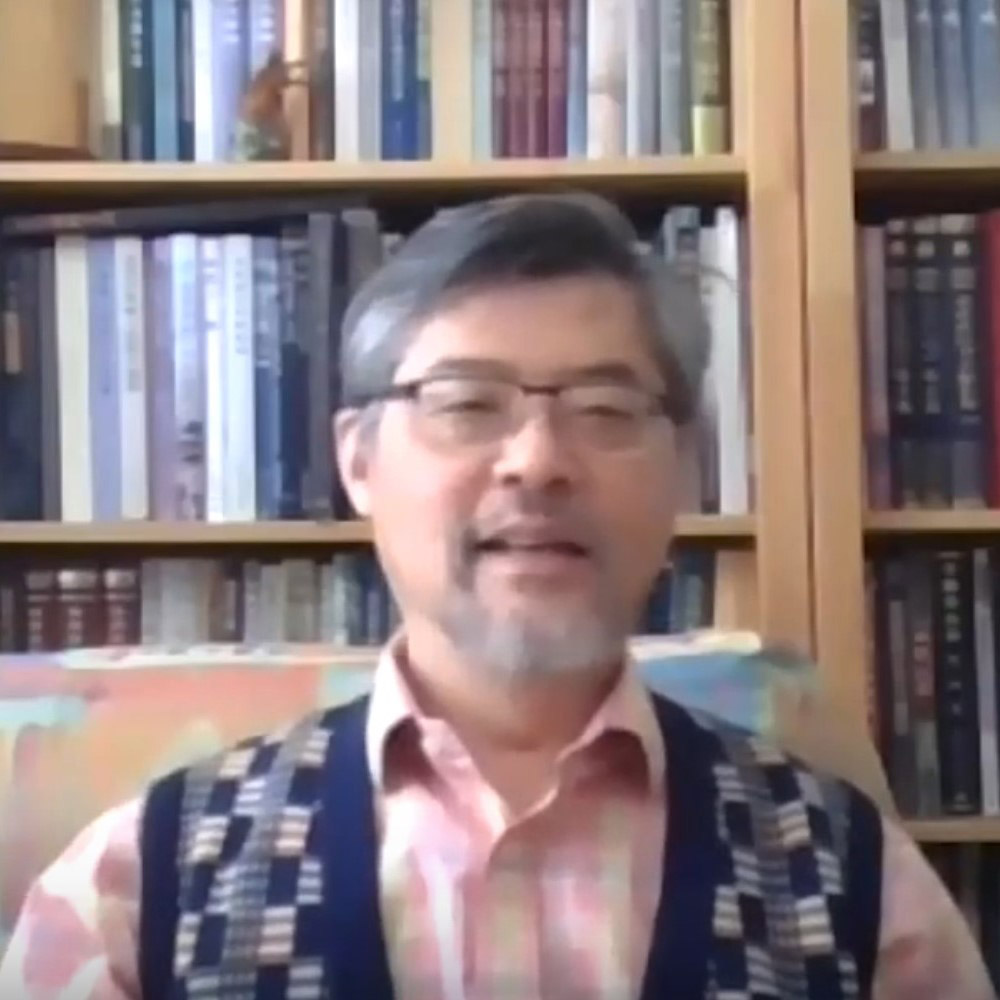Virtual Lecture Series
Expressions of Gender in Asian Art
Gender-fluid and ambiguously gendered depictions have existed in the art of numerous Asian cultures for thousands of years. Often, this portrayal of people and deities of indeterminate gender was informed by the spiritual concept of nonduality. Explore some of the fascinating representations of gender in various Asian traditions as illustrated by objects from the Asian Art Museum’s collection.
Image: The Hindu deities Shiva and Parvati combined as Ardhanarishvara, approx. 900-1100, Madhya Pradesh state, India. Sandstone. Asian Art Museum, The Avery Brundage Collection, B73S16. Photograph © Asian Art Museum.









